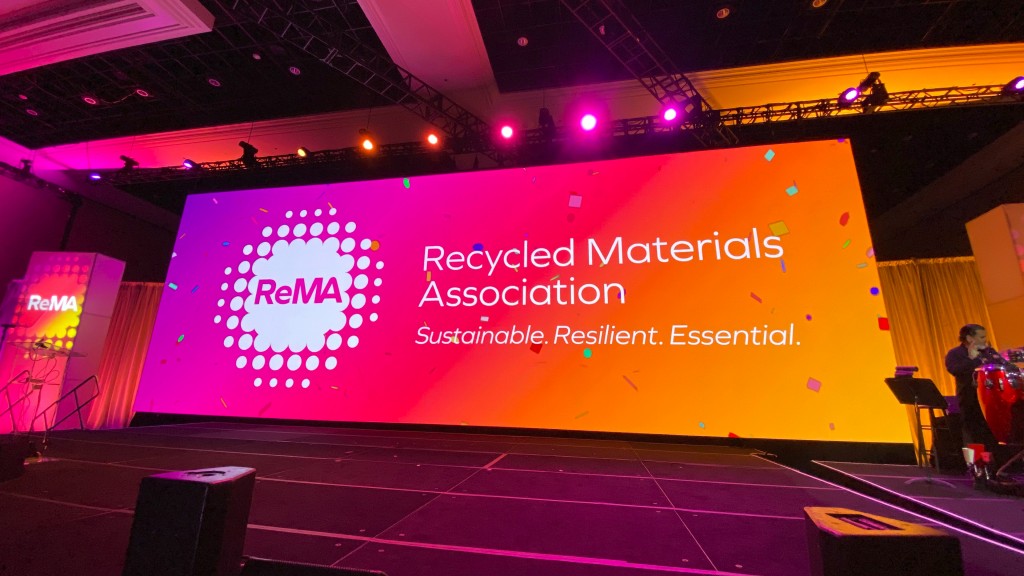Burning tires is bad for business and the environment
Opinion By Dan Chassie, president and owner of Halifax C&D Recycling Ltd
If you believe Lafarge-Holcim, the provincial government is about to give it a substantial portion of my family's tire recycling business so they can use it as fuel.
The $40-billion French multinational has been telling media since the middle of May that they will soon be burning 350,000 scrap tires a year from Divert Nova Scotia to fuel a relatively small cement kiln in Brookfield.
If that's true, Nova Scotia will be abandoning a successful used tire management policy that is an integral part of our solid waste management system. And, of course, it's another blow to small business in Nova Scotia. These are tires that our company, Halifax C&D Recycling Ltd., currently converts into tire-derived aggregate (TDA), an environmentally safe, engineered product that replaces and often outperforms gravel in a host of construction applications. Burning tires is illegal in Nova Scotia, so Lafarge would require an exemption to do this. It would also need an environmental approval from the Environment Department. So why is Lafarge so confident of the outcome?
I'd like to know and so would the 11 employees directly affected by this decision, and 50 other employees indirectly affected. According to the May 19 Chronicle-Herald article, burning tires would only create two more jobs at Lafarge. Burning tires as fuel was specifically ruled out by a Conservative minister of environment in 2007 and by a successful private member's bill submitted by Liberal MLA Keith Colwell in 2008.
Consequently, in 2009 Halifax C&D bid on and won the contract from the Resource Recovery Fund Board (Divert Nova Scotia's predecessor) to manage the one million scrap tires produced in this province each year. We subsequently invested $5 million in equipment, infrastructure, training and education and are just now beginning to see the full fruits of our faith in this policy.
We use a mechanical process to convert the tires into an aggregate substitute called tire-derived aggregate, or TDA. It can replace aggregates in a great many projects, but is best known for its superior performance in road-building. Halifax C&D currently has markets for 100% of the NS tires for the next three years.
TDA reduces frost damage, enhances bank stability and is an inexpensive material for use in soft soil applications instead of more expensive materials such as styrofoam.
The internationally recognized hierarchy for waste management is, in descending order, reduce, re-use, recycle, energy recovery and landfilling. Other Canadian jurisdictions are quickly catching up with Nova Scotia's much-praised recycling system, so burning a used product derived from old tires is both wasteful and self-defeating.
Scrap tires used as TDA provide service 365 days a year, year after year. By contrast, a tire burned in a cement kiln is—literally—gone in a flash.
Lafarge claims that burning tires results in marginally smaller GHG emissions compared to its current fuel mix. But if GHG reduction is really their goal, they have a much cleaner-burning alternative just a few kilometres away from its Brookfield plant in the form of natural gas.
The story that Lafarge-Holcim is not talking about is that this is their smallest, oldest cement plant in North America. As someone whose business would be adversely affected by the tire-burning plan, I'd like to see some evidence the plant can still earn a decent return just making cement. If not, then it's obvious government is really just handing them a new revenue stream at the expense of my family and employees.
The government's policy on scrap tires has been successful in so many ways, including job-creation. It's hard to understand why they would reverse it now.
At the very least, I hope there will be a government-run consultation before such a drastic decision is made.
Dan Chassie is the president and owner of Halifax C&D Recycling Ltd


